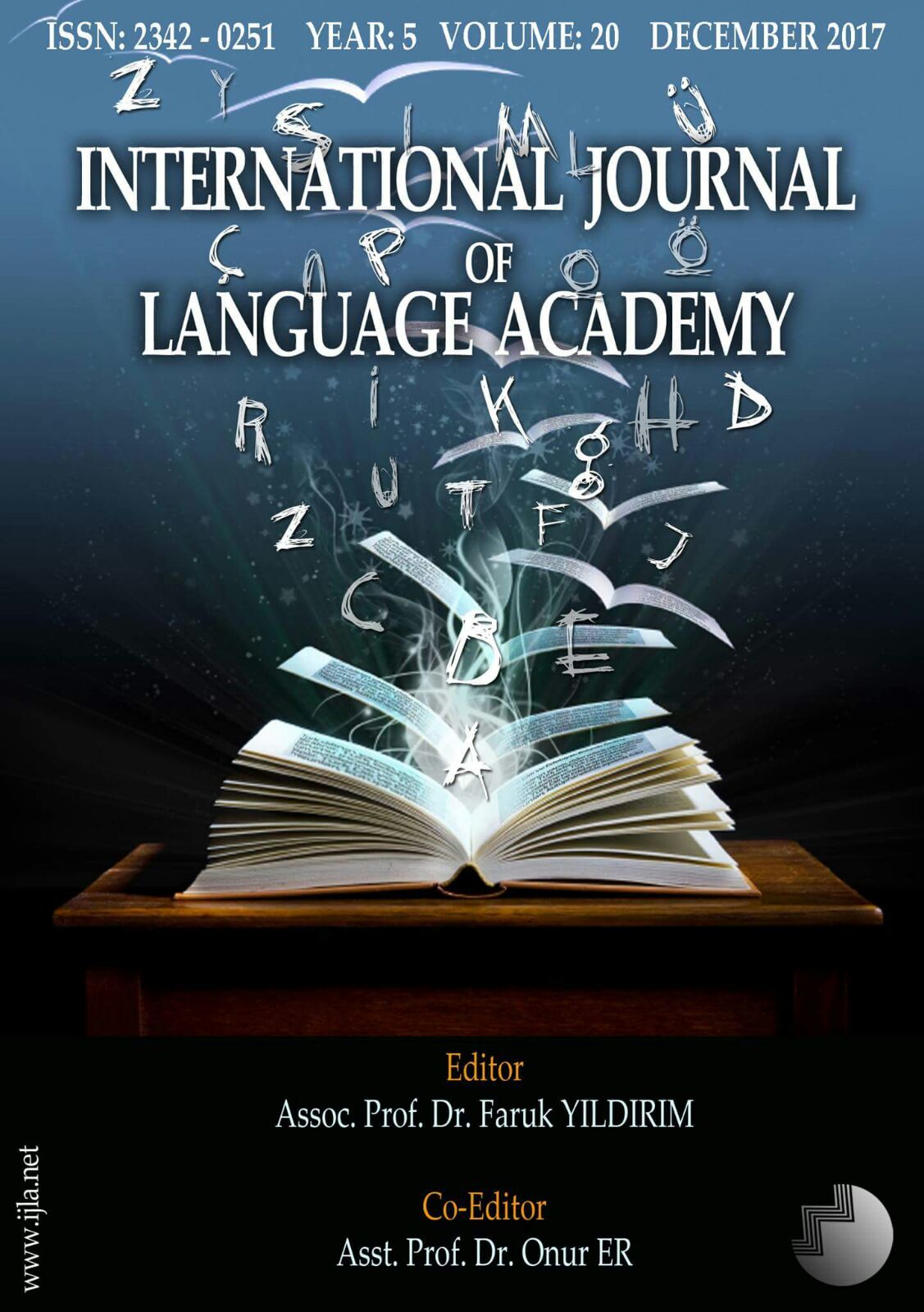Author :
Abstract
Türkoloji bir bilim dalı olarak Türkiye dışında, XVII-XVIII. yüzyıllarda Avrupa’da ve özellikle eski Sovyetler’de büyük çalışmalara imza atmıştır. Türkoloji tarihine bakıldığında bilimsel araştırmaların çokluğu ve gelinen seviye itibariyle bugünkü Türk dilinin yakaladığı ivmeyi çok daha iyi takip mümkün olacaktır. Türk dilinin tarihsel gelişiminde, bilimsel meseleler kadar yaşanan siyasi olaylar da etkili olmuştur. Orta Asya’da Türk boylarının artan siyasi gücünü engellemek maksadıyla Doğu’ya sayısız araştırmacılar, dilciler, tarihçiler gönderilmiştir. Üniversite ve enstitülerde Türk dili bölümleri açılmış, Doğu’ya araştırmacılardan oluşan geziler düzenlenmiştir. Öğrenilen diller önce karşılaştırılmalı şekilde ele alınmış, daha sonra ayrı ayrı dil incelemeleri yapılarak, her dilin kendine özgü kurallarından oluşan dilbilgisi kitapları yayınlanmıştır. Bu makalede, Türk lehçelerinin araştırıldığı döneme ait kullanılan metot ve yaklaşımlardan bahsedilmiştir. Bilindiği üzere, dil incelmelerinde yapılan ilk iş kullanılacak metodun belirlenmesidir. Seçilen metot ortaya konulacak fikirlerin anahtarıdır. Türkoloji literatürüne bakıldığında yapılan çalışmaların esasında zamanın öngörülen metotlarına dayandığı tespit edilecektir. Aslında Türkoloji’de özellikle de Sovyet Türkoloji’sinde kullanılan yöntemler hemen hemen aynıydı. Çünkü Sovyet Türkoloji’si kendi sınırları içinde olan Türk lehçelerini araştırdığı için en tutarlı karşılaştırma yöntemiydi. Karşılaştırma yöntemini Türkoloji’de ilk kez Türk dilcisi Kaşgarlı Mahmut “Divanü-Lügat’it Türk” adlı eserinde kullanmıştır. Asırlar sonra bu metot, Sovyet alanına da girmiş ve zamanla bu yöntemin farklı kolları oluşmuştur. Bugün Türkoloji ile ilgili pek çok yöntem ve yaklaşım söz konusudur. Zamanla uyumlu gelişen bu yöntem ve yaklaşımlar çalışmamızın ana eksenini oluşturmaktadır.
Keywords
Abstract
Being a science branch, Turkology achieved a phenomenal success with its discoveries in Europe and the former Soviets between the 17th and the 18th centuries. When we look at the history of Turkology, the multitude of scientific researches and conclusions determines the state in the development of today's Turkish linguistics. In fact, the reason for this is also due to some political events. So far, numerous researchers, journalists, historians have been sent to the East in order to prevent the growing political power of the Turkish clans and tribes by learning their language. Therefore, the departments of Turkish linguistics were opened in universities, the trips, made up of researchers, were organized to the East and the research began. Initially, the languages learned were treated comparatively. Following this, language studies were conducted separately and books comprising sets of rules peculiar to each language were published. We too will discuss methods and techniques that are used to investigate the Turkish language in our article. As we know, the very first step in studies of a language is the determination of the method that we are going to use. That is to say, the methods and techniques we chose play the key role in the ideas we will put forward. As each method and technique have their own unique ways and approaches we can explain our ideas more clearly in the path we have chosen. If we look through the literature in Turkology, we can see that the studies based on time are based on the predicted methods. Actually, the methods used in Turkology, especially Soviet Turkology, were the same. This was because the Soviet Turkology was a consistent method of comparing methods as it explored Turkish accents/dialects within their borders. For the first time in Turkology it was the Turkish linguist Mahmud Al-Kashgari who used the method of comparison by comparing two languages in his “Diwan Lughat al-Turk”. After centuries, this method also entered the fields of interest of Soviets, and over time, branches of this method were formed. Now, while looking at Turcology works, we see many methods and these approaches are evolving in compliance with the demands of time.





